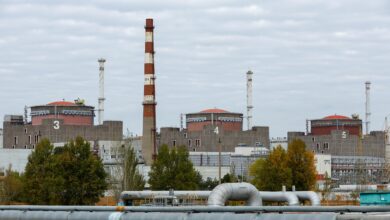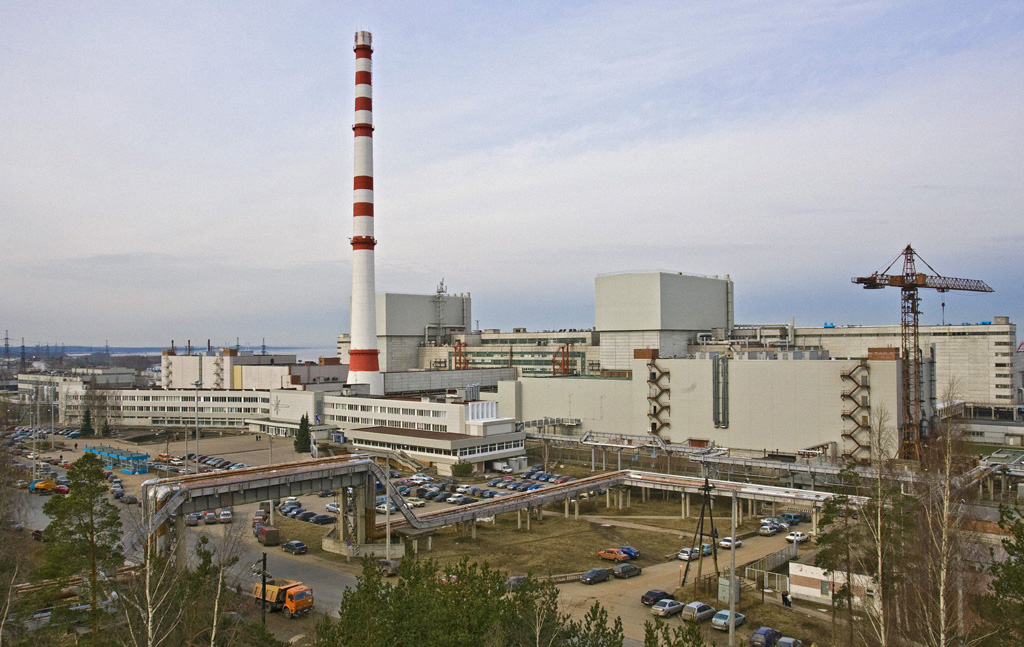Barbed wires, control towers, deluxe chalets and a nuclear power plant simulator–all surrounded by a deathly silence. This is the site where Dabaa nuclear station stands. A nuclear station which some would like to see relocated.
The journey to Dabaa is tortuous and the road hazardous. Leaving his sheep to graze outside, a Bedouin volunteered to show us the way in. When we asked him about the possibility of someone sneaking into the site, he replied, "There are only two ways to get in." With some pride, he added, "You can’t get in except with my help. You can either swim from a nearby place, which is dangerous because the waves are high, or use a tunnel that was dug by some farmers who creep in at night to collect fruit."
We knew from the outset that receiving an official permit to gain access to the site would be close to impossible. Mohamed Mounir Megahed, vice chairman of the Nuclear Power Plants Authority, confirmed that he didn’t have the authority to give such a permit, shifting responsibility onto the minister for electricity and energy, and Ahmed Abdel Samy, the resident project director, who also said he couldn’t grant approval to enter the site. The Bedouin’s offer to lead us in was tempting, but the huge amount of money he requested ruled out that option.
A cement wall towers two-meters high, and from the wall extends one-meter of barbed wire. The wall stretches 16 km along the coastal road. Equidistant, seven-meter high control towers stand watching over the site.
The nuclear site is protected from all four sides, with the sea representing a natural barrier on one side. Information on what is actually inside the site is scarce, and residents of the area have their own theories on why the buildings behind the walls were ever built.
Some say that the English intended the place to be a desalination station. Sheikh Karem, an elderly man over 90 years of age, believes it’s an ancient archeological site, while his son, Saleh, thinks it’s an oil well that the English didn’t want the Egyptians to exploit.
On the eastern side, we could see a few scattered one-storey buildings, one of which had an Egyptian flag raised. There are many dogs, which are apparently kept to protect the employees from the foxes which appear at night. Those are the administrative buildings.
Standing by the shore are elegant chalets for the site visitors and senior officials. On the left we spotted several multi-storey office buildings where the project managers work. Their accommodation is situated right next to those buildings.
The nuclear station simulator is perfectly secured. There’s a desalination station by the shore, and three signs indicating the presence of ancient relics in the area.
Megahed said that it’s "lucky" the nuclear power program still has the site despite a suspension of the project in 1986. Residents of the area started illegal building activities on the land, encouraged by neglect on the side of the local council.
But the illegal buildings were removed in July 2003. Megahed said that making other use of the land allocated to the site would amount to wasting public money and shattering the Egyptian nuclear dream.
Locations suitable for establishing nuclear plants are limited not just in Egypt but throughout the world, added Megahed, saying that it was in the interest of some to have the project moved to another location.
Translated from the Arabic Edition




